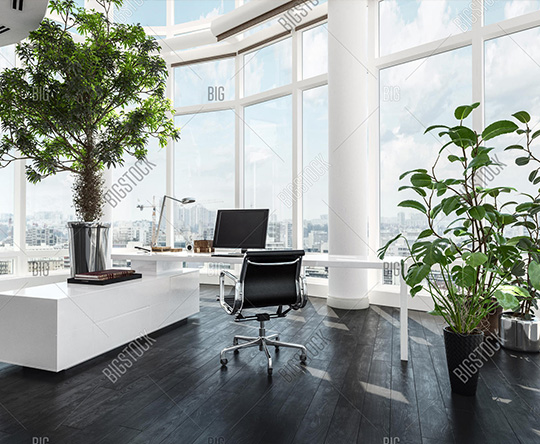In traditional décor, a deep, layered dimension is present in the design. Detailed moldings and wood paneling are accentuated by built-in cabinetry and graceful furnishings and antique pieces. A neutral palette with vibrant colored furniture is teamed with pairings of furniture and accessories.
Expensive textiles like silk, velvet, cashmere and comfy fabrics like cotton or linen provide the right ambience, which is further enhanced by intricate tile and wood floor patterns. It is preferred to use rich tones, dark woods and sophisticated colors
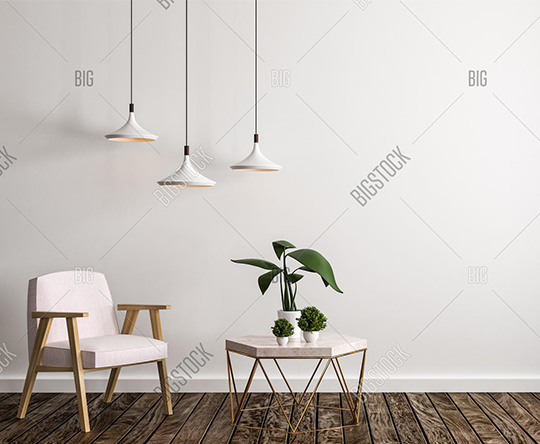
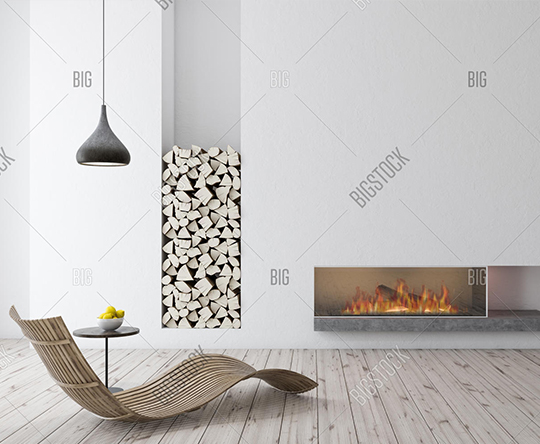
Modern décor comprises straight, clean and crisp lines along with oversized tiles with rectified edges.
Sanded wood floors are also a staple.
Wall bookcases and shelves pullouts provide the “modern” element of style.
Open floor plans with few walls
Use of metal and bold accent color no vases and rugs, clutter free
Contemporary décor is characterized by open floor plans and unusual layouts. Textured and natural fabric allow more natural light entrance which is further amplified by neutral colors and metal accent pieces.
Wood tones that are used are usually very light or very dark, according to the artistic form in the lighting design.
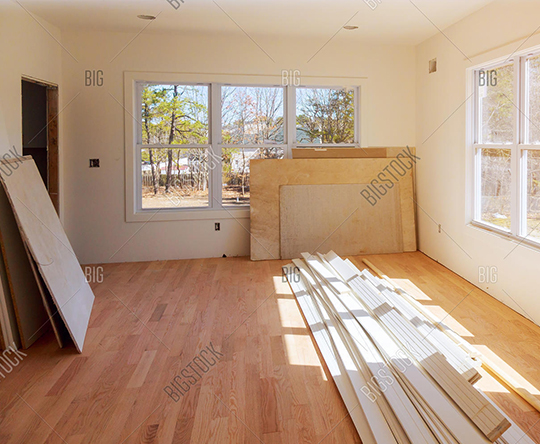
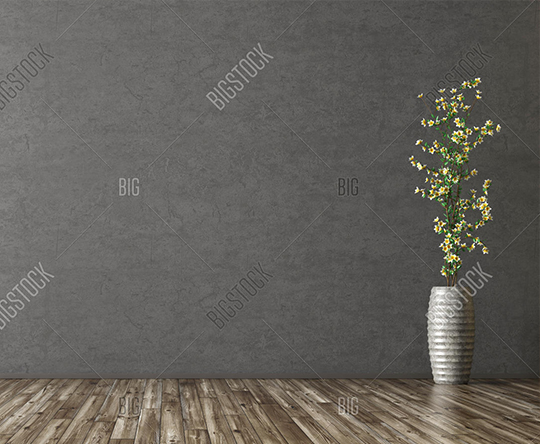
Minimalist décor is simply a work of art. It is an amalgamation of neutral design wherein less is more and simple furnishings and streamlined colour palettes.
No excessive accessories or décor are used and ultra-clean lines make the final look truly simple.
Industrial décor is all about keeping it professional and sharp. Unfinished and raw look is created via a mix of grays, neutrals and rustic colors.
Large sectional sofas are placed in coordination with metal finished antique and light fixtures.
Vintage, old factory and laboratory pieces used on concrete flooring and wood and metal surfaces.
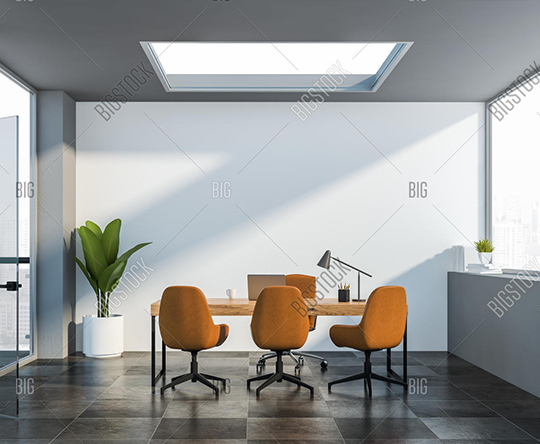
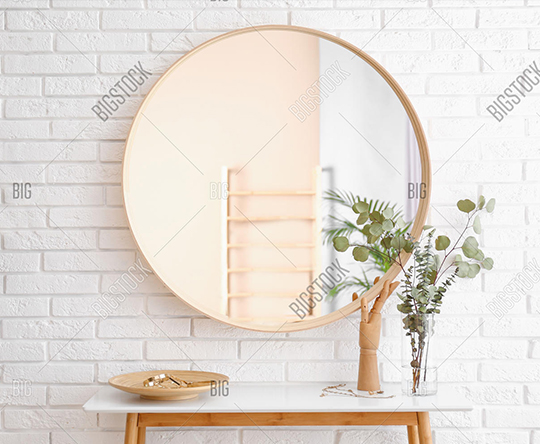
Predominantly white colored décor style. Bright colors combine with the main white color and large mirrors are used.
Application of the principles of symmetry offers a functional and stylish feature, not too trendy.
Use of light colored wood is preferred in this theme.
This is a typical combination of both traditional and modern design.
Use of steel and glass uniting with plush furnishing alongside neutral colour palettes.
Curved furnishings with straight-lined finishes is coupled with limited use of accessories and significant art as focal points.
Textural elements such as wood, glass, lacquer, rattan, fabric, steel and metal used.
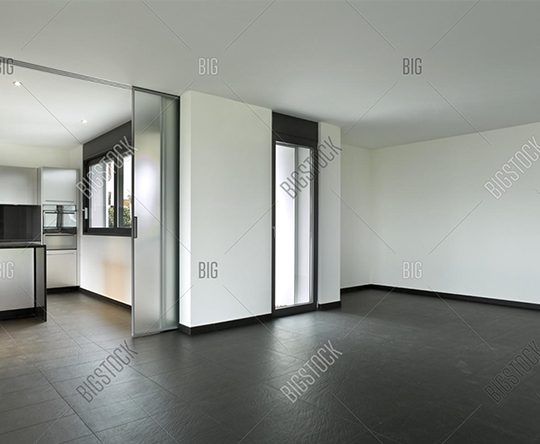
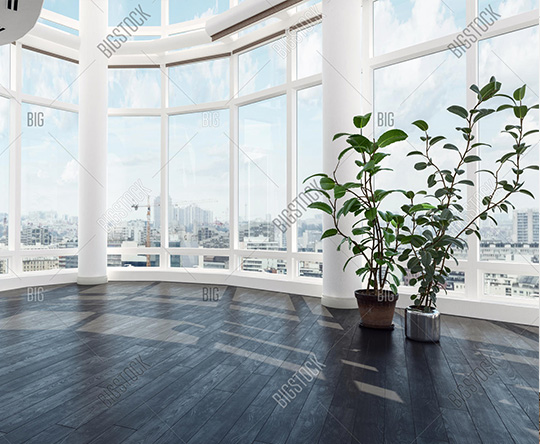
Warm, earthy colours like yed, yellow or gold warm color tones and ornamental wooden furnishing are typical of the French country décor.
Natural materials like stone and brick are used.
Displaying collections of ornate porcelain dishes and heavy linen and bed coverings accentuate the look and feel.
This style includes vintage furniture and light fixtures.
Globally inspired textiles and rugs finds a partner in displays of collections and items found in different sources, for example markets and travel shopping.
Floor pillows and comfortable seating spaces and ultra-glam chandeliers are paired with a well-worn rug.
Vibrant colors and rich patterns sum the Bohemian style décor.
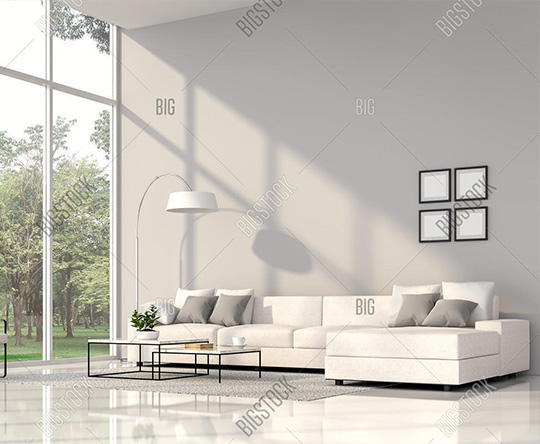
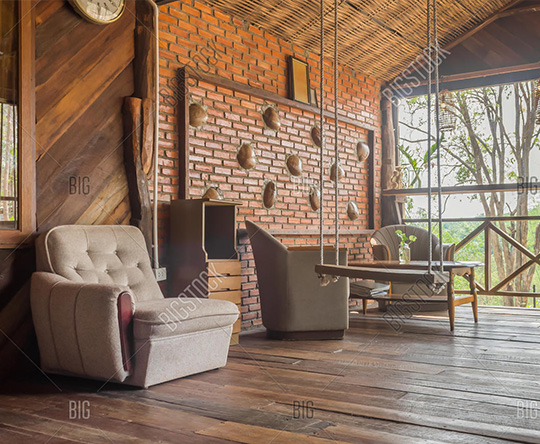
Use of exposed ceiling beams and reclaimed wood is predominant in this style.
Exposed stone wall and wooden flooring coupled with simple neutral colored natural fabrics makes it an attractive choice.
Handcrafted items, attractive fireplace and prominent staircases are standard features too.
Asymmetrical designs and vibrant colors and decorative trim typify the Victorian style décor.
Wall-to-ceiling wallpapers and luxurious fabrics with textured wall surfaces go extremely well with heavy furniture and lavish accessories.
Bay windows, sometimes with stained glass panels are chosen to build up on the Victorian look and feel.
